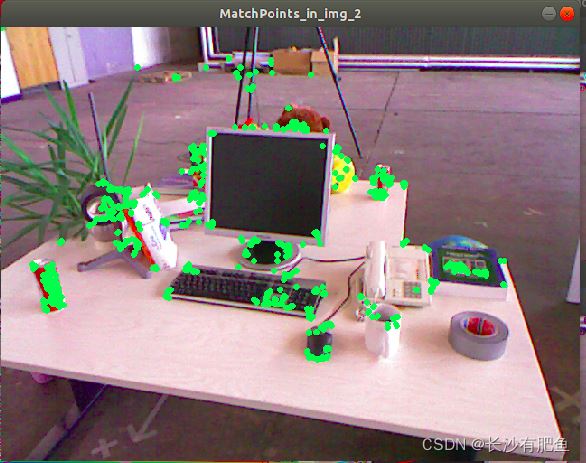CRTP to avoid dynamic polymorphism(CRTP 避免动态多态)
问题描述
如何在 C++ 中使用 CRTP 来避免虚成员函数的开销?
How can I use CRTP in C++ to avoid the overhead of virtual member functions?
推荐答案
有两种方法.
第一个是通过静态指定类型结构的接口:
The first one is by specifying the interface statically for the structure of types:
template <class Derived>
struct base {
void foo() {
static_cast<Derived *>(this)->foo();
};
};
struct my_type : base<my_type> {
void foo(); // required to compile.
};
struct your_type : base<your_type> {
void foo(); // required to compile.
};
第二个是避免使用引用到基或指针到基的习惯用法,并在编译时进行接线.使用上面的定义,您可以拥有如下所示的模板函数:
The second one is by avoiding the use of the reference-to-base or pointer-to-base idiom and do the wiring at compile-time. Using the above definition, you can have template functions that look like these:
template <class T> // T is deduced at compile-time
void bar(base<T> & obj) {
obj.foo(); // will do static dispatch
}
struct not_derived_from_base { }; // notice, not derived from base
// ...
my_type my_instance;
your_type your_instance;
not_derived_from_base invalid_instance;
bar(my_instance); // will call my_instance.foo()
bar(your_instance); // will call your_instance.foo()
bar(invalid_instance); // compile error, cannot deduce correct overload
因此在函数中结合结构/接口定义和编译时类型推导可以让您进行静态分派而不是动态分派.这就是静态多态的本质.
So combining the structure/interface definition and the compile-time type deduction in your functions allows you to do static dispatch instead of dynamic dispatch. This is the essence of static polymorphism.
这篇关于CRTP 避免动态多态的文章就介绍到这了,希望我们推荐的答案对大家有所帮助,也希望大家多多支持编程学习网!
本文标题为:CRTP 避免动态多态


基础教程推荐
- 静态库、静态链接动态库和动态链接动态库的 .lib 文件里面是什么? 2021-01-01
- 如何通过C程序打开命令提示符Cmd 2022-12-09
- 我有静态或动态 boost 库吗? 2021-01-01
- 常量变量在标题中不起作用 2021-01-01
- 这个宏可以转换成函数吗? 2022-01-01
- 如何将 std::pair 的排序 std::list 转换为 std::map 2022-01-01
- 在 C++ 中计算滚动/移动平均值 2021-01-01
- C++结构和函数声明。为什么它不能编译? 2022-11-07
- 如何在 C++ 中初始化静态常量成员? 2022-01-01
- 如何检查GTK+3.0中的小部件类型? 2022-11-30

















